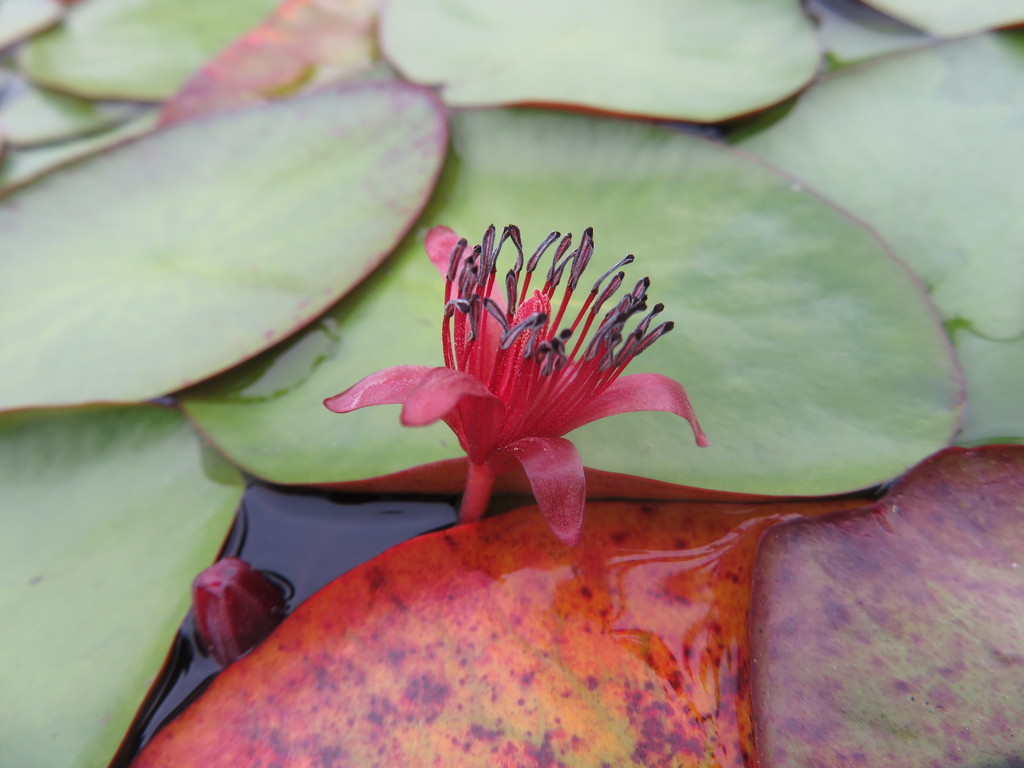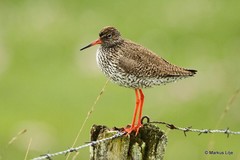Taxa Info











Recently Observed
 Common Redshank
(Tringa totanus)
on October 19, 2024
Common Redshank
(Tringa totanus)
on October 19, 2024
 Eurasian Magpie
(Pica pica)
on October 19, 2024
Eurasian Magpie
(Pica pica)
on October 19, 2024
 Eurasian Blackbird
(Turdus merula)
on October 19, 2024
Eurasian Blackbird
(Turdus merula)
on October 19, 2024
 House Sparrow
(Passer domesticus)
on October 19, 2024
House Sparrow
(Passer domesticus)
on October 19, 2024
 Eurasian Collared-Dove
(Streptopelia decaocto)
on October 19, 2024
Eurasian Collared-Dove
(Streptopelia decaocto)
on October 19, 2024


















































































